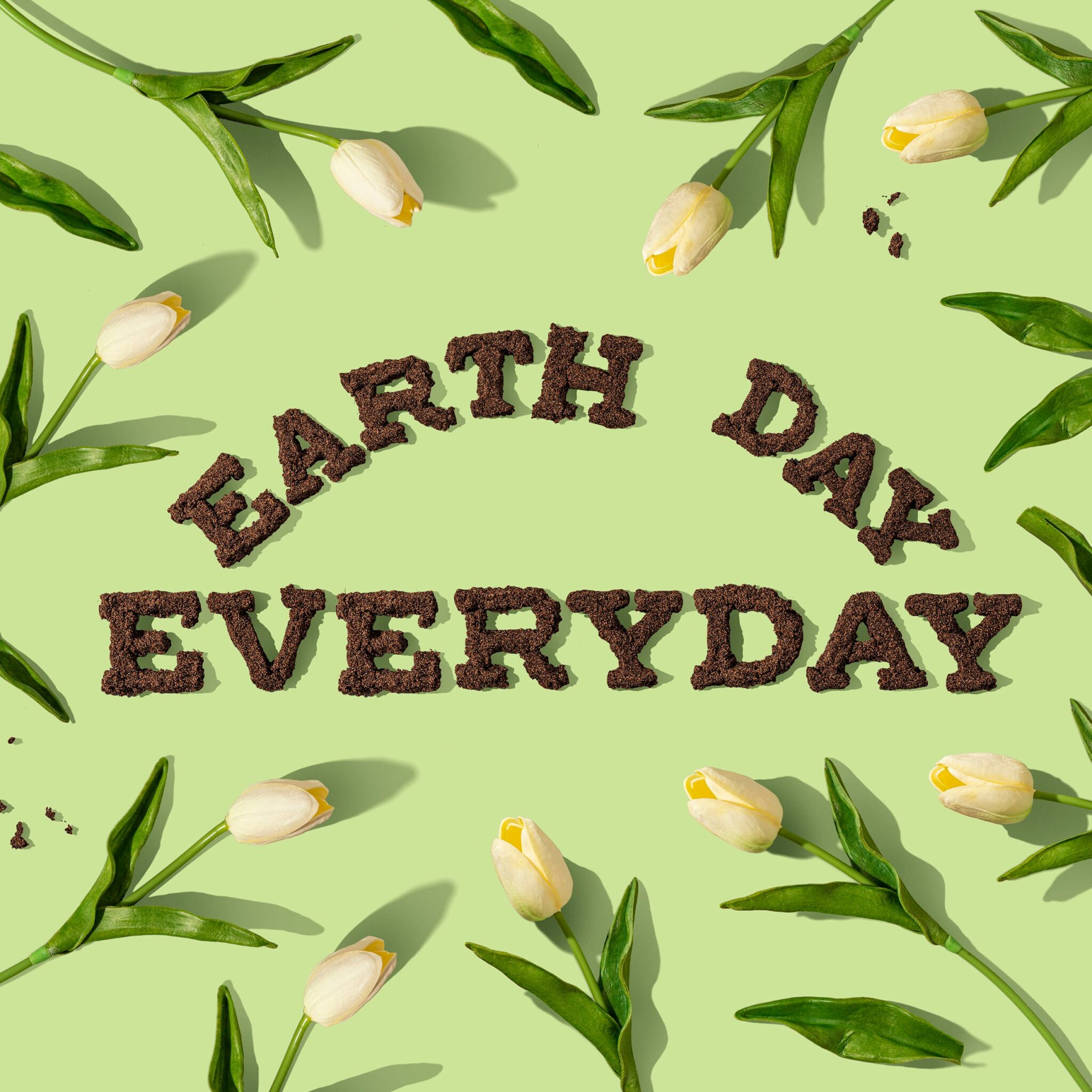Author’s Note: After more than a decade of threading the needle between sustainability and structure within the hallowed halls of the US Green Building Council, it seems only fitting that I, a seasoned veteran in the tapestry of green building, would eventually tailor my blog musings to address what could be considered the vogue topic of our era: the green economy. Throughout my blogging “career,” I’ve stitched together references on a multitude of eco-conscious subjects, but none quite as crucial as the one you’re about to dive into. So, as I swap my eco-admin hat for a writer’s cap, let’s embark on a sartorial journey through the fabric of our future, weaving a narrative that’s as much about style as it is about sustainability. It’s about time we dress up our dialogue with the most important trend of our times, and I’m here to ensure that we do so with both flair and substance.
*******************************
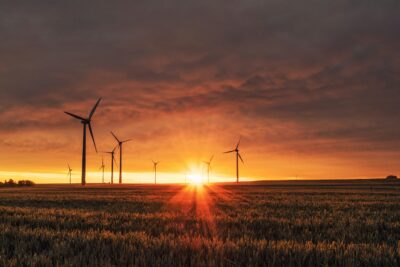 As Earth spins on its axis, another April 22 dawns, and with it, Earth Day 2024. A day when we celebrate our planet and the innovative strides we’re taking to ensure its wardrobe is as green as the spring foliage.
As Earth spins on its axis, another April 22 dawns, and with it, Earth Day 2024. A day when we celebrate our planet and the innovative strides we’re taking to ensure its wardrobe is as green as the spring foliage.
But this isn’t about the planet’s fashion statement; it’s about the green economy — a trend so hot, it’s cool, and one that’s stitching the fabric of our future with sustainability and renewable threads. Let’s unravel this tapestry with a playful twist, examining how individuals, corporations, and countries are strutting their eco-friendly ensembles down the runway of righteousness.
Individuals — The Accessorizing Activists
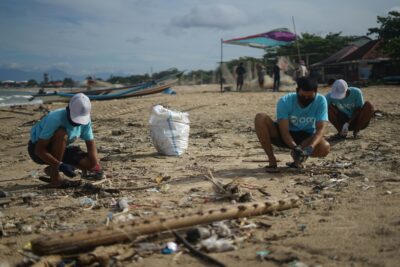 Picture this: You, yes you, are the model citizen. Every step you take is a catwalk where you flaunt your eco-chic accessories — from the reusable coffee cup that’s practically a handbag to the bicycle that’s your statement piece. You’re not just sipping sustainably sourced coffee; you’re guzzling down the future one pedal at a time.
Picture this: You, yes you, are the model citizen. Every step you take is a catwalk where you flaunt your eco-chic accessories — from the reusable coffee cup that’s practically a handbag to the bicycle that’s your statement piece. You’re not just sipping sustainably sourced coffee; you’re guzzling down the future one pedal at a time.
But it’s not just about looking good; it’s about investing in your personal green portfolio. Think of it as a savings account for the planet. Every time you choose a plant-based burger, you’re depositing oxygen into Earth’s atmosphere.
According to a study by the University of Michigan (2020), if everyone in the U.S. swapped out just one beef burger per week with a plant-based alternative, it would be like taking 12 million cars off the road. Now that’s a traffic jam we can get behind!
Corporations — The Couturiers of Conservation
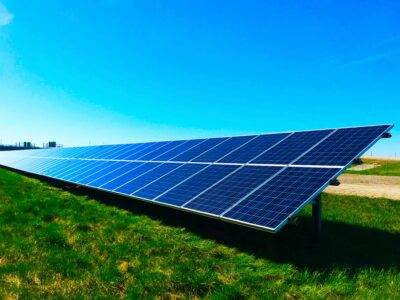 Corporations are the designers of the economic fashion world, and the best ones are ditching fast fashion for sustainability. They’re the Stella McCartneys of industry, proving that you can have your profits and protect the planet, too. These businesses are reducing their carbon footprint like it’s last season’s look, embracing renewable energy like it’s the hottest trend, and investing in eco-friendly materials because plastic is so passé.
Corporations are the designers of the economic fashion world, and the best ones are ditching fast fashion for sustainability. They’re the Stella McCartneys of industry, proving that you can have your profits and protect the planet, too. These businesses are reducing their carbon footprint like it’s last season’s look, embracing renewable energy like it’s the hottest trend, and investing in eco-friendly materials because plastic is so passé.
Take Patagonia, for instance — a company that’s been eco-conscious since eco-conscious wasn’t even a hashtag. They’ve made it their mission to “cause no unnecessary harm,” and they’re sticking to it like glitter on a prom dress.
Meanwhile, Tesla is not just a car manufacturer; it’s a rolling advertisement for how cool clean energy can be. Their electric vehicles are like runway models, except instead of walking, they zoom quietly, emitting nothing but vibes of environmental friendliness.
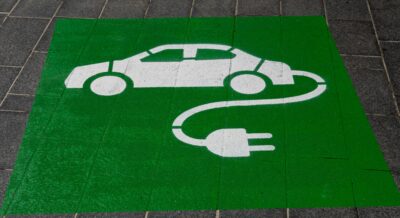 But let’s not forget the newcomers to the green scene. Startups are popping up like mushrooms in a forest, offering everything from biodegradable packing peanuts to apps that help you track your carbon footprint as if it were your steps. It’s a Silicon Valley meets Amazon Rainforest kind of innovation, where the currency is creativity, and the dividends are a cleaner planet.
But let’s not forget the newcomers to the green scene. Startups are popping up like mushrooms in a forest, offering everything from biodegradable packing peanuts to apps that help you track your carbon footprint as if it were your steps. It’s a Silicon Valley meets Amazon Rainforest kind of innovation, where the currency is creativity, and the dividends are a cleaner planet.
Corporations are also realizing that green can be more than a policy; it’s a profit strategy. According to a report by the Business & Sustainable Development Commission, sustainable business models could open economic opportunities worth up to $12 trillion by 2030. That’s a lot of green for going green!
Build’em Right
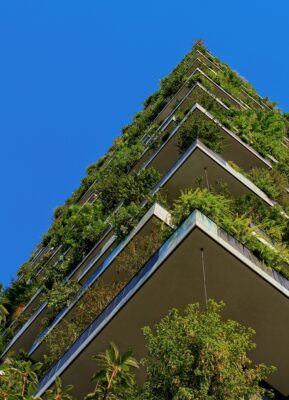 In the grand fashion show of environmental stewardship, green buildings are the avant-garde ensembles turning heads with their innovative design and sustainable flair. These eco-conscious marvels of architecture are not just about aesthetics; they’re a harmonious blend of form and function, stitched together to benefit our planet, our health, and our wallets.
In the grand fashion show of environmental stewardship, green buildings are the avant-garde ensembles turning heads with their innovative design and sustainable flair. These eco-conscious marvels of architecture are not just about aesthetics; they’re a harmonious blend of form and function, stitched together to benefit our planet, our health, and our wallets.
Imagine a building as a living, breathing garment. Green buildings are tailored to fit the Earth like a glove, using less energy and water — the lifeblood of our existence — while draping themselves in the finest renewable energy sources and eco-friendly materials. They’re the haute couture of habitats, cutting down on emissions and waste as effortlessly as a designer snips away excess fabric, all in the name of slowing down the relentless march of climate change.
But the magic of green buildings doesn’t stop at their environmental impact. They’re like a bespoke suit that not only looks good but feels incredible to wear. By improving water and air quality, these structures become sanctuaries of wellness, creating healthier indoor environments that could rival any spa retreat. The result? Occupants can strut their stuff with increased productivity, taking fewer sick days thanks to reduced respiratory illnesses and allergies, much like shedding the discomfort of an ill-fitting outfit for a custom-tailored one.
Moreover, these buildings are as durable as a timeless piece of clothing, designed to withstand the whims of trends and the tests of time. So, as we continue to sashay down the runway of progress, let’s tip our hats to green buildings and the US Green Building Council — the ultimate expression of sustainable chic that proves doing good for the environment, our health, and our economy never goes out of style.
Countries — The Policy Runways
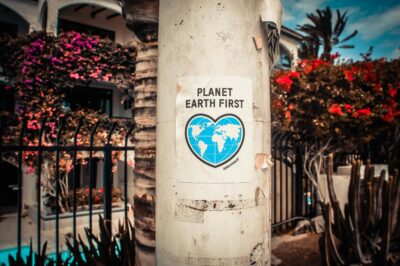 Countries are the stage managers of the green economy, setting the scene for sustainability through policies and agreements. Some have strutted forward with the confidence of a peacock, while others have tiptoed like a model in heels two sizes too small.
Countries are the stage managers of the green economy, setting the scene for sustainability through policies and agreements. Some have strutted forward with the confidence of a peacock, while others have tiptoed like a model in heels two sizes too small.
Denmark, for example, is the Gisele Bündchen of sustainable energy, modeling wind power with such grace that it’s hard not to stare. The country aims to be free of fossil fuels by 2050, and with more than 40% of its energy already coming from wind, it’s well on its way to being the poster child for renewable energy.
Then there’s Bhutan, the small Himalayan kingdom that’s not just carbon neutral, it’s carbon negative. That’s right, it absorbs more CO2 than it emits, making it the world’s eco-supermodel. Bhutan’s commitment to sustainability is sewn into its constitution, which mandates that at least 60% of the country remains forested. Talk about setting the bar high!
But what about the big players? The United States, China, and the European Union have all pledged to reduce their carbon emissions, with varying degrees of ambition and success. The Paris Agreement, a global pact to combat climate change, has become the fashion week of international environmental policy, where countries showcase their latest collections of targets and initiatives.
 Humor aside, the impact of these commitments is no joke. According to the United Nations Environment Programme, if all countries meet their Paris Agreement targets, we could limit global warming to well below 2 degrees Celsius — a critical threshold for avoiding the most catastrophic effects of climate change. It’s like ensuring the runway is just the right length — too short, and we crash; too long, and we waste resources.
Humor aside, the impact of these commitments is no joke. According to the United Nations Environment Programme, if all countries meet their Paris Agreement targets, we could limit global warming to well below 2 degrees Celsius — a critical threshold for avoiding the most catastrophic effects of climate change. It’s like ensuring the runway is just the right length — too short, and we crash; too long, and we waste resources.
But let’s not just cheer for the front-runners. The underdogs are making moves, too. Take Costa Rica, which might not have the economic clout of the G20, but it’s dancing to the rhythm of renewable energy like nobody’s watching. With a plan to become the world’s first carbon-neutral country, Costa Rica is the David to the Goliath of climate change, slinging solar panels and wind turbines instead of stones.
And let’s not overlook the fashion faux pas, because they, too, are part of the journey. Countries that have stumbled on the catwalk of climate policy are feeling the eyes of the world upon them. But as any good model knows, it’s not about the fall, but the recovery. Nations that once tripped over their carbon footprints are now rising, dusting off their policies, and walking with renewed purpose toward a greener economy.
The Green Economy’s Global Gala
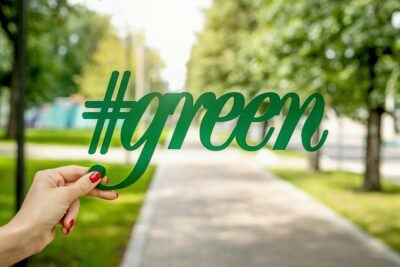 As Earth Day 2024 rolls out its green carpet, we see that the green economy isn’t just a trend; it’s the future of fashion — economic fashion, that is. Everyone has a role to play in this chic economic revolution, from individuals accessorizing with eco-friendly choices to corporations weaving sustainability into their business models and countries strutting their environmental policies on the global stage.
As Earth Day 2024 rolls out its green carpet, we see that the green economy isn’t just a trend; it’s the future of fashion — economic fashion, that is. Everyone has a role to play in this chic economic revolution, from individuals accessorizing with eco-friendly choices to corporations weaving sustainability into their business models and countries strutting their environmental policies on the global stage.
But let’s keep it real — the transition to a green economy isn’t all sunshine and rainbows. It’s tough. It’s messy. It’s like trying to coordinate an outfit with every recycling bin color. Yet, it’s also necessary, inspiring, and, dare we say, fabulous.
So, on this Earth Day, let’s raise our glass (made of recycled glass, of course) to the green economy. May our efforts be bold, our innovations be brave, and our world be better for it. And remember, when it comes to saving the planet, green is the new black, and it looks good on everyone.
Happy Earth Day, you eco-fashionistas, you!
 *******************************
*******************************
Addendum from LSomerbyCooke …
The humor and scenarios in this blog are fictional and for illustrative purposes. The statistics and references to actual companies and countries’ policies are based on information available up to the knowledge cutoff date in early 2023. Always consult current and credible sources for the most up-to-date information on sustainability efforts and the green economy.

